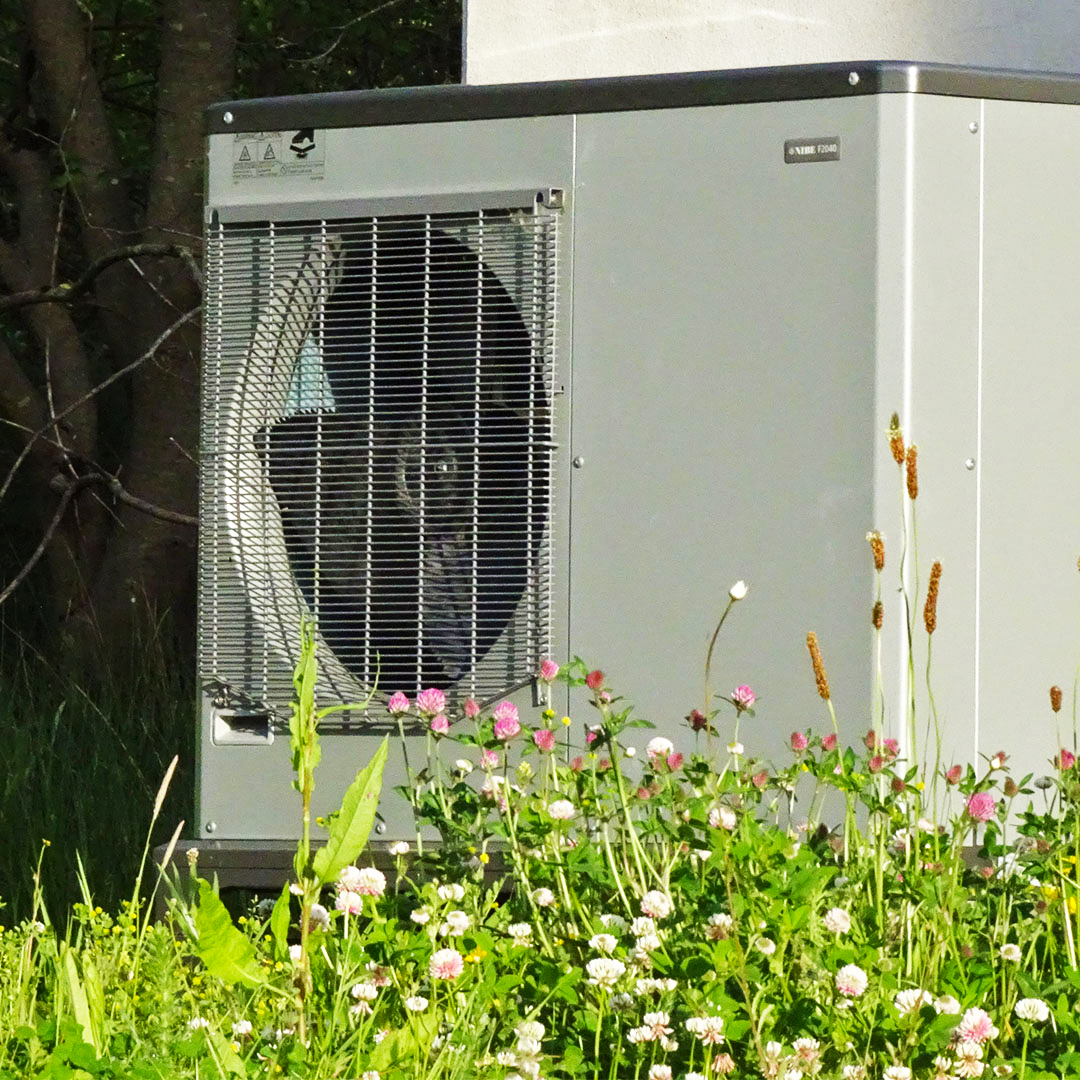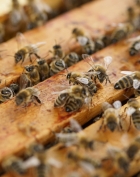New ways of doing beekeeping?
1 June 2021
There are few ways to improve beekeeping these days. It is after all a very natural product, so why intervene with technology?
Technological advances with beekeeping has brought us forward from destroying bees and the whole colony for their honey at the end of the seasons. It is why swarms were very much sought after, as they would have destroyed the previous ones (please see article here on swarming). So, as beekeepers we have advanced over the last 150 or more years in keeping the bees in boxes where the separation of the honey is easily made, very simply and no need for modern electronics.
So how can we evolve? For us at Cilgwenyn we are yet to be convinced about using electronics within the beehive. There are many ways this could be an advantage such as decreasing the amount of weekly inspections to check for stores. In reality we cant do without the mark one eyeball as differences in weight could be down to many factors not just stores reducing. There are also indicators that temperatures and vibration/noise could also indicate swarming, but that is no good if they are about to swarm. It is probably too late.
The challenge for beekeepers within the colony is swarming. The has been a lot of research into this with no firm conclusion, so it seems pointless to remove the beekeeper from inspecting colonies to maintain swarm prevention (i.e. keep them happy beforehand!)
The way we employ new technology in beekeeping here at Cilgwenyn is in advancing the bottling side. There are a few projects we are working on but to date we have been concentrating on reducing energy consumption and only using energy from the national grid when demand is low.Our in house designed building management system looks at the energy needs of the building and in particular in the honey room where we bottle all of our honey. To reduce the time of bottling a little heat is introduced into the room to keep the honey flowing. This reduces the time it takes and outweighs the energy consumed by heating as opposed to having a filling on for a longer period.
We also keep our honey in a warm settling tank (but below that which is kept in a beehive naturally) to ensure small particles which we do not filter out float to the top to scrape out (some wax and pollen that some customers complain about!)
The source of this heat comes from electricity either directly or for room heating indirectly via a NIBE heat pump. These methods are quite efficient and green as most of the electric is produced on site by our solar PV. However, night time can be an issue.
Our system is designed that it takes advantage of any excess electricity and uses it before the evening comes. But it does not mean at certain points it will cool, take the winter for example where excess electricity from our solar PV may not be as high as the summer. When we do need to purchase from the National Grid we make sure that we do this when demand is low and only use green energy. We are informed the demand of electric and the system aligns itself so it purchases the electric outside of peak hours, and often this will be at night. What we mean by purchasing is simply put by turning things on and off, but in a more considered and non human intervention way so we can carry on with beekeeping.
The benefits for these systems are twofold. Primarily this is environmental. If we reduce our consumption to that what we can produce ourselves we are more sustainable. But we need to be realistic and understand that we do need to purchase from the National Grid at times. Purchasing when demand is low has benefits monetarily but also environmentally. If we can play our part in reducing peak demand and levelling out night use/off peak or purchasing electric when there is a large amount of power available due to strong winds (for wind generation) then this levelling helps to reduce reliance on power stations that would normally be idling and ready to go full power using fossil fuels, primarily gas.
So, whilst we are not reinventing the wheel in actual beekeeping on the farming side we are connecting small farm production with developments to help prevent climate change and an environmental disaster with intelligent modern design. Hopefully in a few decades time it will become the ‘norm’ for beekeepers!
Rhodri

